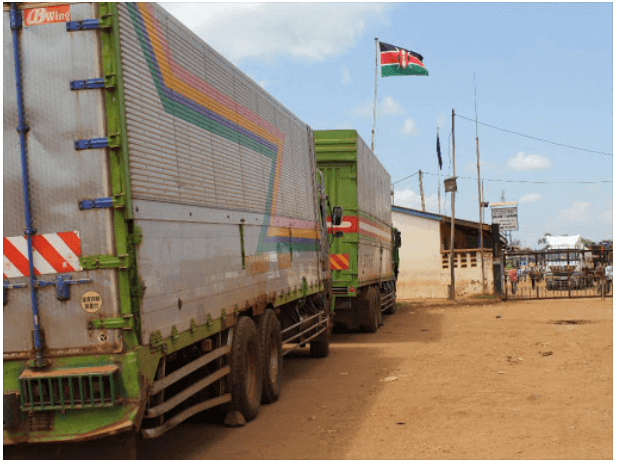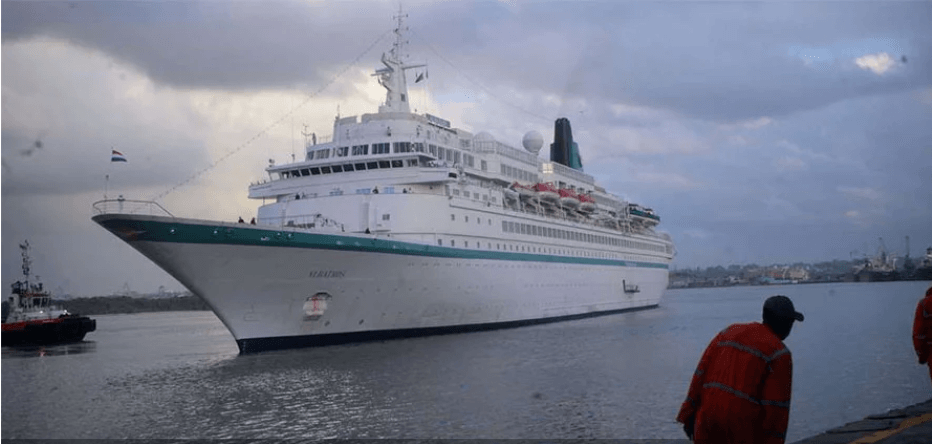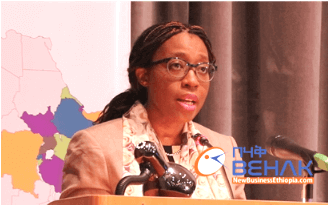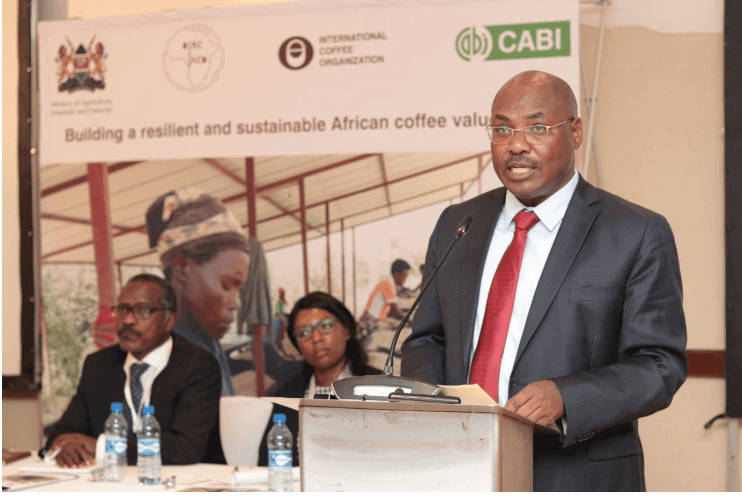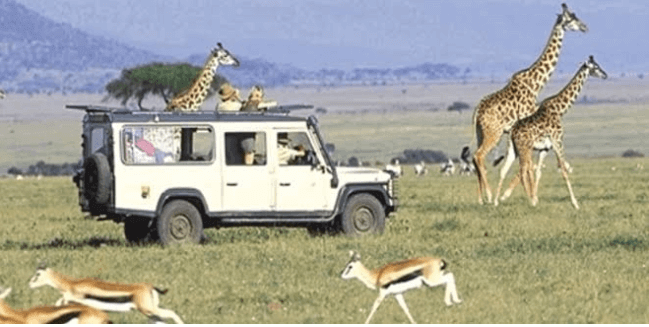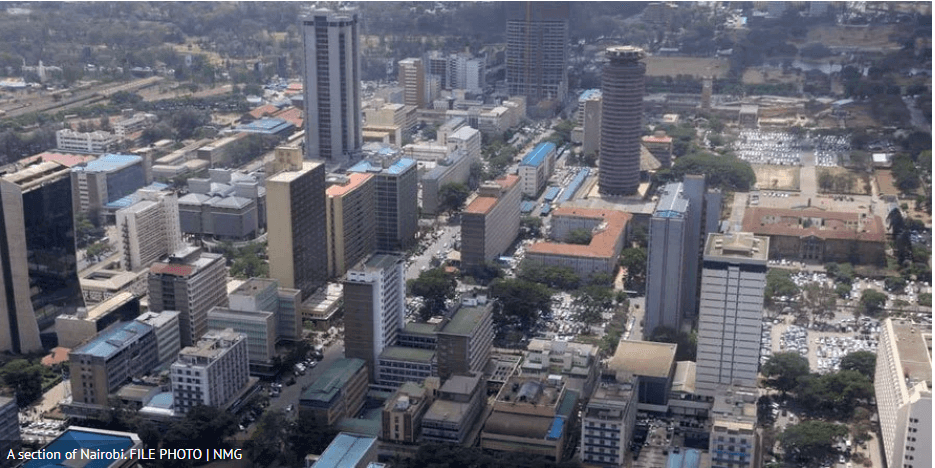Leaders from Uganda and Kenya have resolved to enhance border patrols to ensure smooth movement of goods and people between the two countries. The resolution was reached during a special purpose joint border committee meeting at the Kenyan Busia town's One Stop Border Post (OSBP) boardroom. Government officials from the two countries convened the meeting to explore ways to cut down on tax evasion by traders smuggling goods across the common border. Busia county commissioner Jacob Narengo said the OSBP is the most important infrastructure for the two nations. Narengo said the movement of goods and passengers is a major challenge affecting trade at the facility, with most businesspeople preferring to use non-gazetted points. “It is also necessary that we ensure effective revenue collection for the two countries because if people can use the porous border, then it means the concept underlying URA and KRA will not be achieved due to numerous pilferages as some individuals try to enrich themselves,” he said. The administrator said that cartels behind vehicle theft were on the rise and the two countries have agreed to come up with measures to ensure that those who are behind the vice are apprehended and necessary action taken against them. “On the Kenyan side, we want to ensure that all goods pass through legal border posts, and they must be verified,” he said. Busia Uganda resident district commissioner Chris Mike Okirya said the porous border was one of the challenges facing the two countries. “We are going to...
New measures to curb smuggling, tax evasion at Busia border
Posted on: November 7, 2019
Posted on: November 7, 2019

